If the design is the body, then the material is its heart.
The vividness of creativity finds tangibility and expression through materiality. However, thanks to technology, it is now easier to visualize spaces by creating digital 3D models that can adorn real-life material finishes. This enables architects and interior designers to fan their imaginations and iteratively experiment with new materials, forms, and arrangements. 3D modeling tools like Sketchup, Rhino, and Revit help create detailed structures to the tee and perform efficiently, enhancing people’s quality of life.
What are material libraries, and how do they help in 3D Modeling?
3D modeling software is packed with tools and features that ease the model creation process. Designers can also install software plugins to support their exclusive project demands.
However, the real game changer for 3D modeling software is their integration with material libraries and assets. These libraries are essentially a material and object repository of anything and everything under the sun. These prototypical assets are crafted to perfection for direct use in 3D models and are also editable, in some cases, to achieve a customized aesthetic.
Such a module-based approach to modeling reduces the time invested in 3D visualization and design thinking. This also helps avoid the time and money spent on demolition and repair by giving designers a clear perspective of how their ideas would look on a life scale. This means that architects and interior designers can channel their efforts towards more creative and productive work to function at their optimal best.
Material libraries are for designers what a candy store is for a kid. There is an unending array of textures, finishes, patterns, and objects one can choose from. To help you find such value-rich libraries, the list of the top 10 material libraries for architects and interior designers is below.
Poliigon
As once said by the artist Alex Roman, the creator of the short film The Third and the Seventh, “…the materials and lighting carry the weight of creating truly realistic imagery.”
Poliigon could not be described in any better way; it is an online material and texture library, best known amongst the community of CG artists for quality textures and materials. It features a collection of over 3000 assets, including but not restricted to, bricks, concrete, wood, tiles, and fabric. Each comes with a color, a normal, a displacement, a glossy, and a reflection map, making it easier for the users to bring depth to their work.
Founded by Andrew Price, more famously known as the ‘Blender Guru,’ this platform was designed to, in a way, alleviate the challenges faced by 3D artists in finding detailed materials and textures. In addition to it, the site also introduces a unique set of assets like 3D models, HDR skies, and brushes that are all compatible with popular software such as Blender, 3ds Max, Maya, and Cinema 4D.
CGTrader
CGTrader is an online marketplace, even recognized by Forbes as one of the ‘8 most ambitious startups’ of May 2016. Founded by Marius Kalytis, an experienced 3D modeling artist and entrepreneur himself, this digital platform has been designed to democratize the 3D modeling and design market. With over 1.88 million assets and a managed community of 8.42 million users, this website is the world’s largest source for licensable stock and custom 3D models.
This massive collection, including architectural elements, furniture, and other home accessories, allows designers to generate product variations and experiment with materials, colors, and shapes with just a few clicks. Also, its community offers a way for designers to interact, share their work, receive valuable feedback, and learn from their peers.
Quixel Megascans
Quixel Megascans is a visual art company that creates megascans for animation films and video games. With a vast library of over 18,000 assets ranging from surfaces, 3D models, and 3D planters to decals, the website presents a diverse collection for various needs, helping it grow as the world’s largest and fastest-growing scan library.
Built on proprietary 3D scanning technology, Megascans offers highly realistic assets used in gaming, visualization, and films. All of these are available for free on Unreal Engine, providing a cost-effective solution for visual artists, offering both premium quality and depth at their fingertips. The drag-and-drop workflow and the curated content library of Oscar-winning quality ensure that Megascans delivers uncompromised quality and efficiency. It specializes in creating beautiful scenery faster, and the standardized content resource eliminates guesswork, saving time.
CGAxis
With a collection of over 11,000 materials, textures, 3D models, and HDRI maps, CGAxis offers an immersive library ready for exploring the industry. The site boasts the presence of a wide variety of digital assets, primarily from a cloud-based storefront offering downloadable digital assets, ranging from plants and furniture to buildings and appliances, all within an ever-growing assortment that is updating every week.
These assets are 100% royalty-free and ready for commercial use, all while being highly compatible with popular software such as 3DS Max, V-Ray, Unreal Engine, Blender, Unity, and more, making it a go-to resource for all visualization artists. The textures offered by the site can closely simulate the flow of light, enhancing the quality of realness, and resulting in more visually appealing renders.
Chaos Cosmos
Developed by Chaos, the creative minds behind the rendering software, V-Ray, Chaos Cosmos is a platform that presents a simple and user-friendly interface, allowing its users to browse, preview, and import digital assets directly into their 3D viewports. These assets, which include detailed 3D models, materials, and HDRI skies, are carefully curated for photorealistic rendering in V-Ray and other popular rendering engines.
The website features a massive library of assets that can significantly help speed up the process of scene setup and detailing, helping artists populate their scenes with models and materials, thereby saving time on modeling and texturing. The assets are fully customizable, allowing artists to tweak them, if need be, to fit their specific needs. Also, with HDRI skies, real-life environments can be imitated, to match the required settings, from vibrant cityscapes to serene landscapes, providing a wide range of possibilities for creative expression.
TurboSquid
Before getting acquired by Shutterstock in the year 2021, TurboSquid had been the best and, for a long time, the only website used for buying, selling, creating, publishing, and monetizing digital assets online. With a rich history that spans more than two decades, this marketplace has collected, traded, and modeled over a million assets and successfully built a place where users can find a complete workflow for their projects.
Its collection includes a variety of models, ranging from cars and people to architectural models and intricate detailing, starting from prices under $5, and if you’re lucky, you could even find some for free. In a recent collaboration with NVIDIA, the site claims to have built an AI that can make 3D models using text-based prompts, making it an easy task even for those without a design background.
Ambient CG
Ambient CG is a free online library, founded by Lennart Demes in the year 2017. Ever since its inception, the site has grown to manage both 2D and 3D resources, featuring over 2250 components that are not just limited to static models and materials but also include dynamic elements like HDRI skies and SBSAR files. These components are often coupled with PBR maps and come with seamless finishes that make it easy to integrate with any and every 3D modeling and rendering software.
These assets are licensed under the Creative Commons CC0 Public Domain License, which grants the designers permission to explore, use, and modify these assets without any legal constraints. This means that these elements can be used for commercial purposes, even if it involves redistributing them as files. Also, with new data added every week, a constant influx of fresh and up-to-date materials is always ensured, adding to the wealth of data available.
Design Connected
Founded by Latina Grozeva and Nikolay Katsarov in the year 2006, Design Connected exhibits a professionally curated collection of 3D models like seating furniture, carpets, plants, lighting, etc., along with textiles and materials, such as veneers, wall coverings, stuccoes, and floorings. They market more than 400 3D models from 200+ brands and even more designers, categorized based on their use, style, brands, and designers which makes it handy for those looking for realistic interior settings.
With the recent launch of their desktop app, Connector, Design Connected has made it even easier for users to browse, organize, and consume the available content through a shared workspace, allowing ease in collaboration and efficiency in time.
Dimensiva
Dimensiva, conceived by Adrian during his interior design specialization, is more than just a high-quality 3D model web store. It mirrors a catalog for a furniture company, offering an array of 3D models that are accurate to the minutest detail, catering to the technical and design preferences of the professional community. Whether an individual is looking to include sculptural decor pieces in their model or create high-end interior shots, Dimensiva provides premium 3D resources that can be utilized by architects, designers, and modeling enthusiasts, priced at both free and paid versions of professional-use quality 3D models.
Architextures
Architextures is a material and texture archive that presents a massive collection of high-resolution textures for use in drawings and 3D modeling. The website offers digital assets distinguished in categories such as wood, metal, fabric, and stone, and all textures on the site are procedural, meaning that the dimensions, patterns, colors, and more can be edited using Architextures Create, their custom-built web app.
These textiles and materials are perfect for creating realistic and detailed models with the help of ‘Create,’ allowing the users to personalize their designs as per their preference. The website’s library is constantly growing, and the collections available on the site make it easier for users to browse and download thousands of these assets for use in 3D models, drawings, and mood boards.
In Conclusion, these material libraries help designers open doors to a future where they can easily explore and play with different textures and materials using 3D models. It’s like having a vast palette of possibilities right at one’s fingertips, allowing them to experiment and visualize ideas in a digital world before they are actuated in a physical reality. As technology and design evolve together, we can look forward to a future where every corner of a room will tell a unique and captivating story.




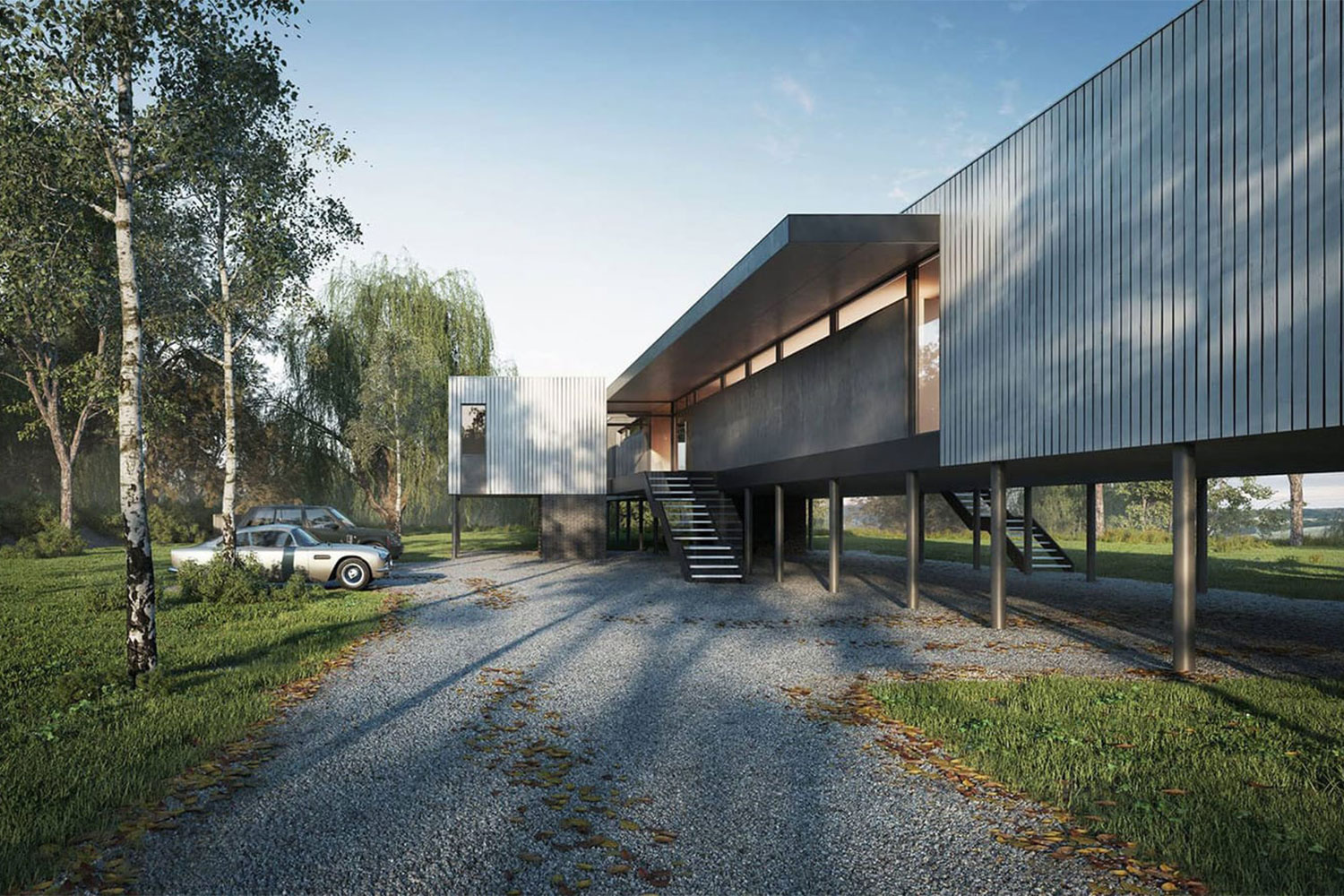
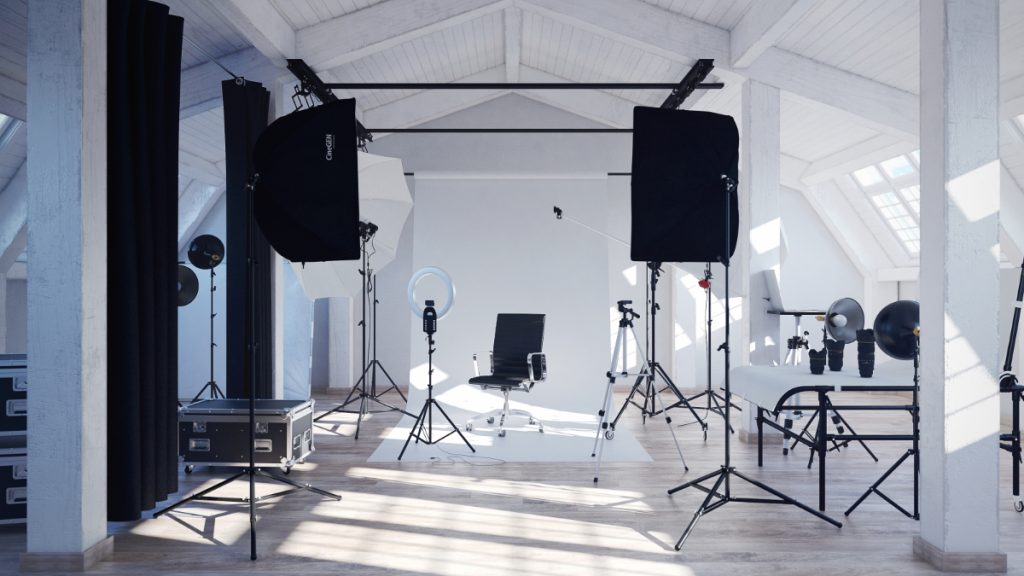
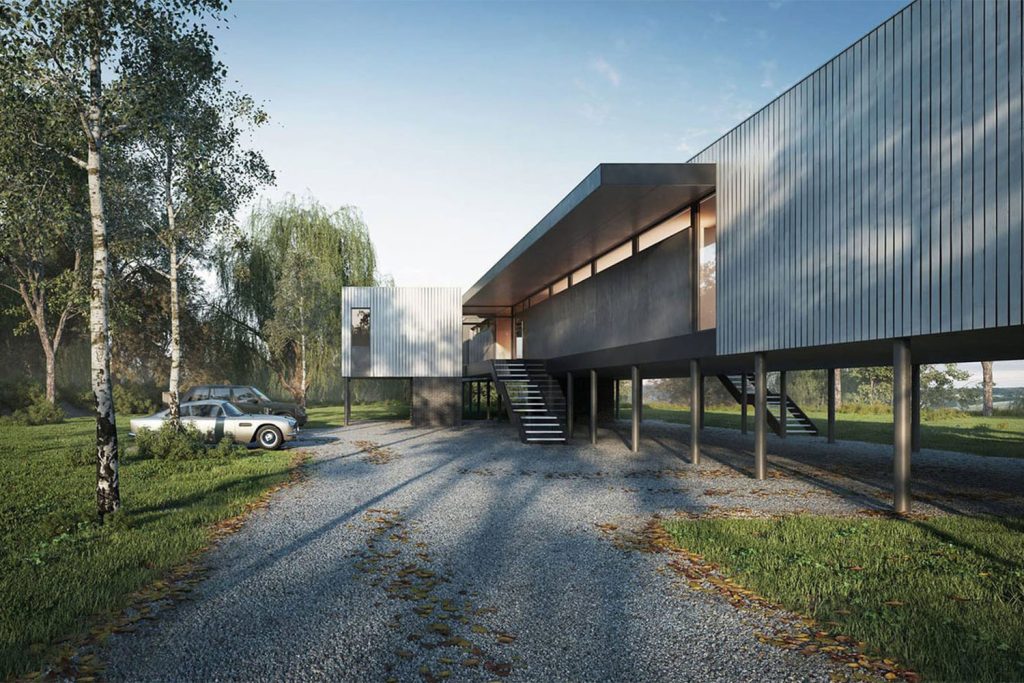
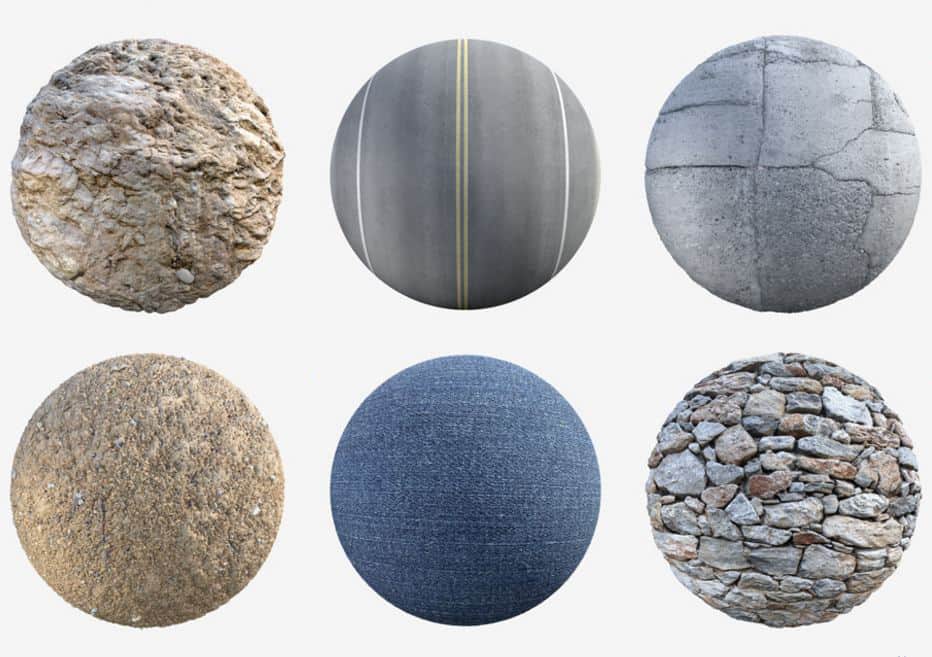
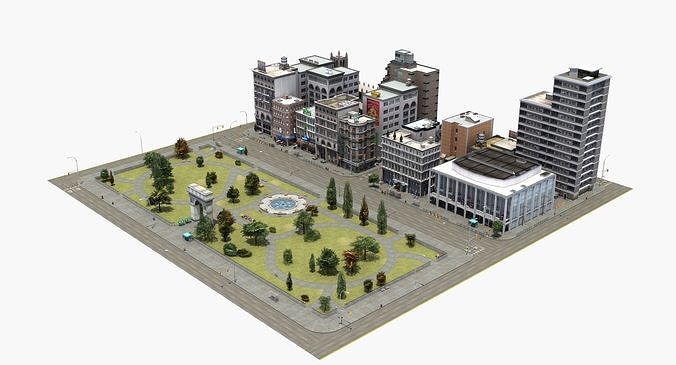
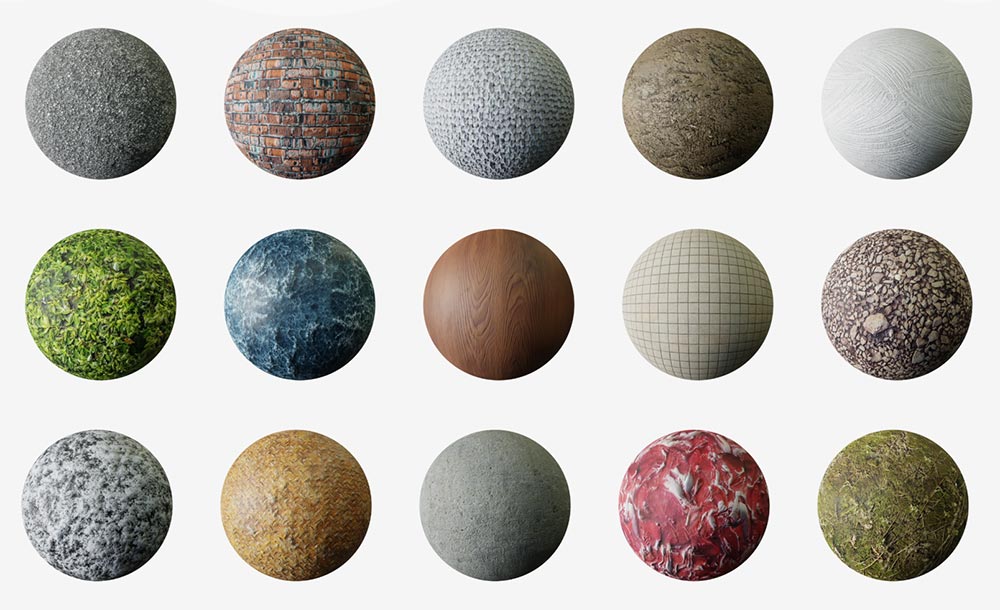
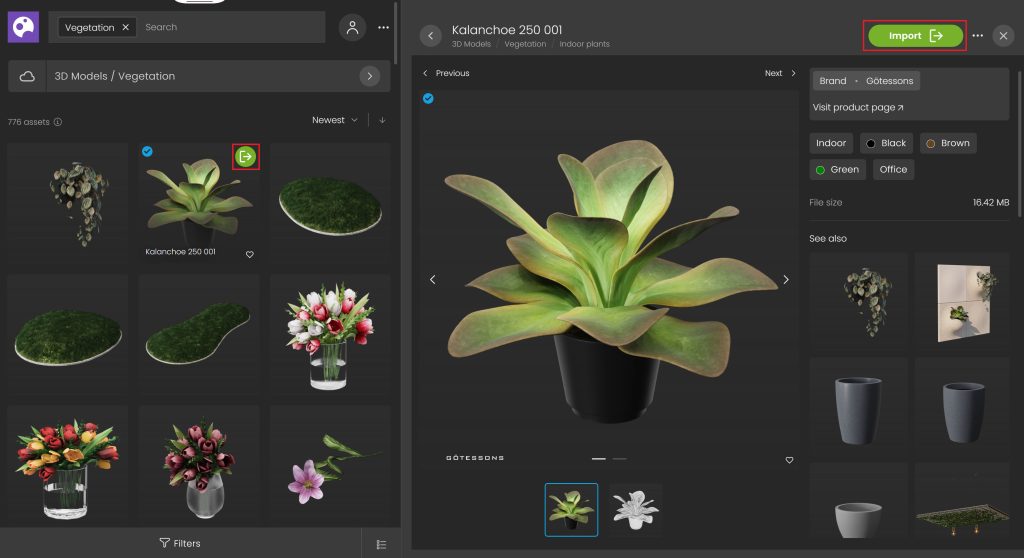
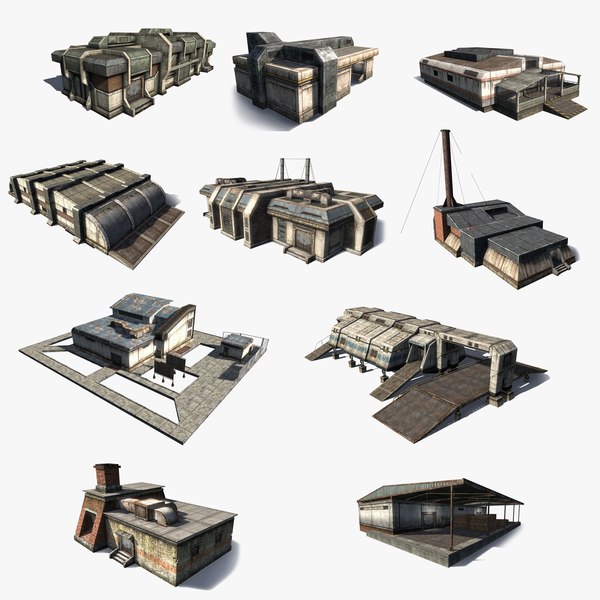
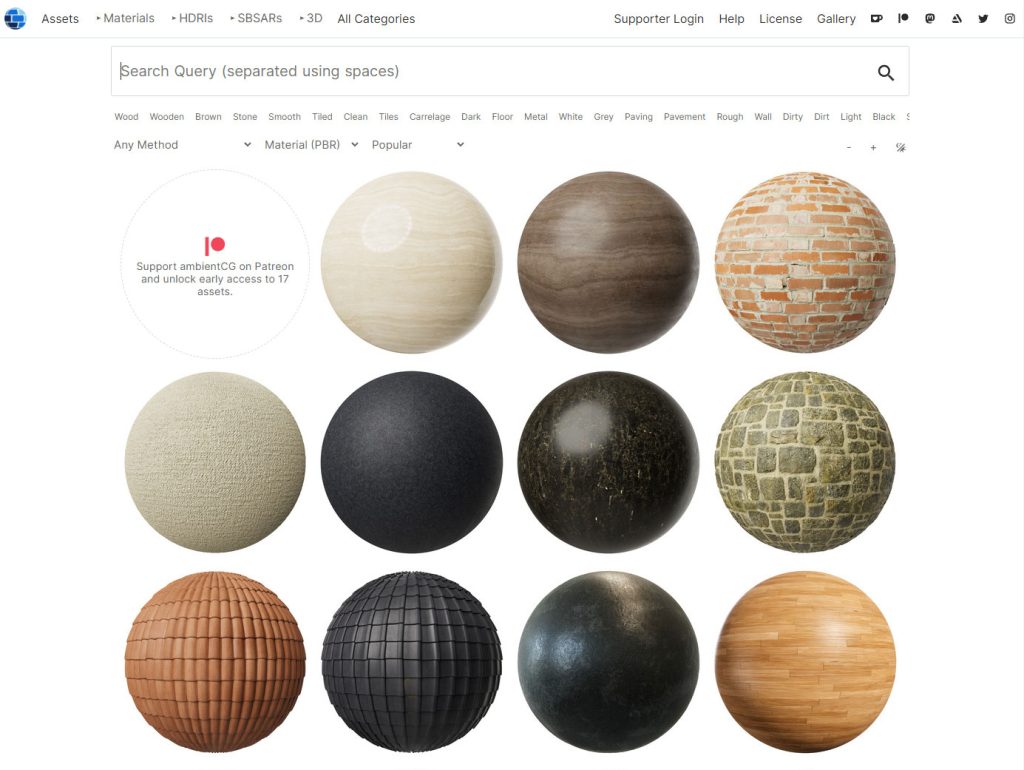
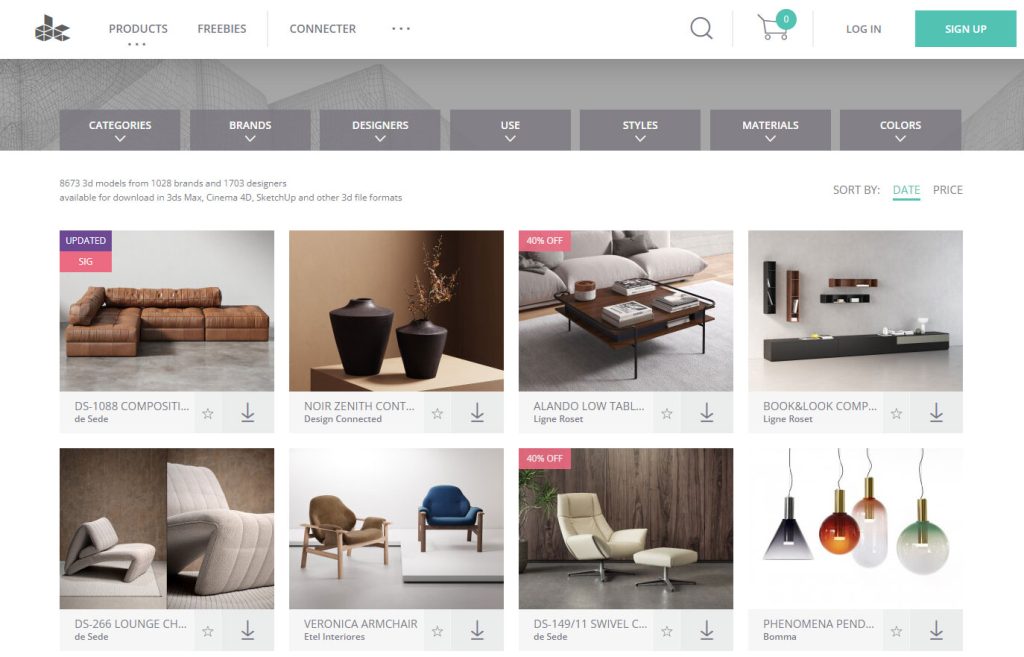
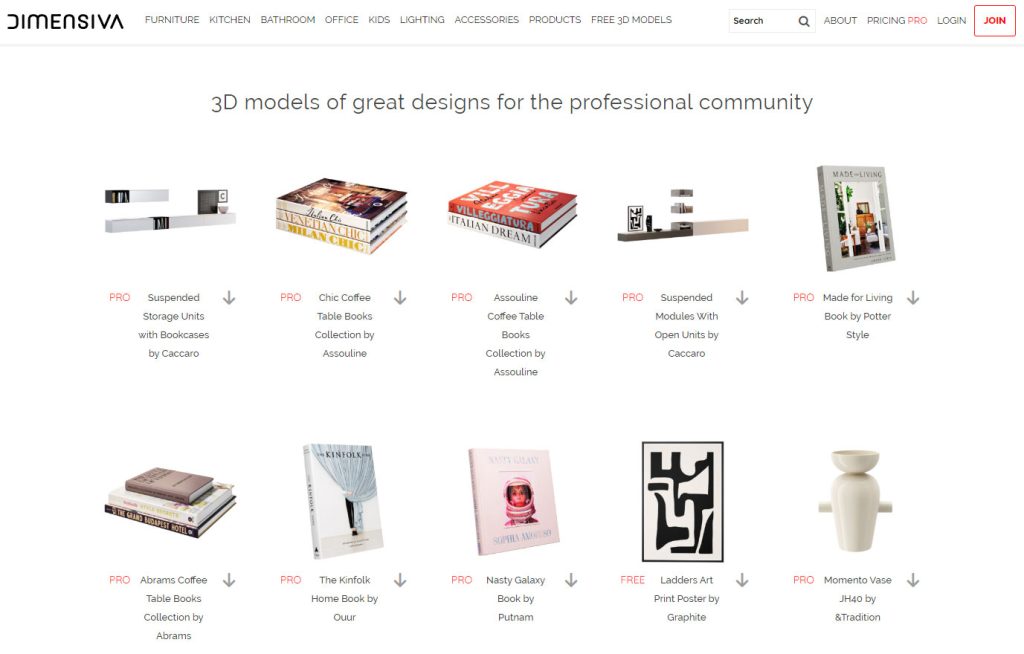
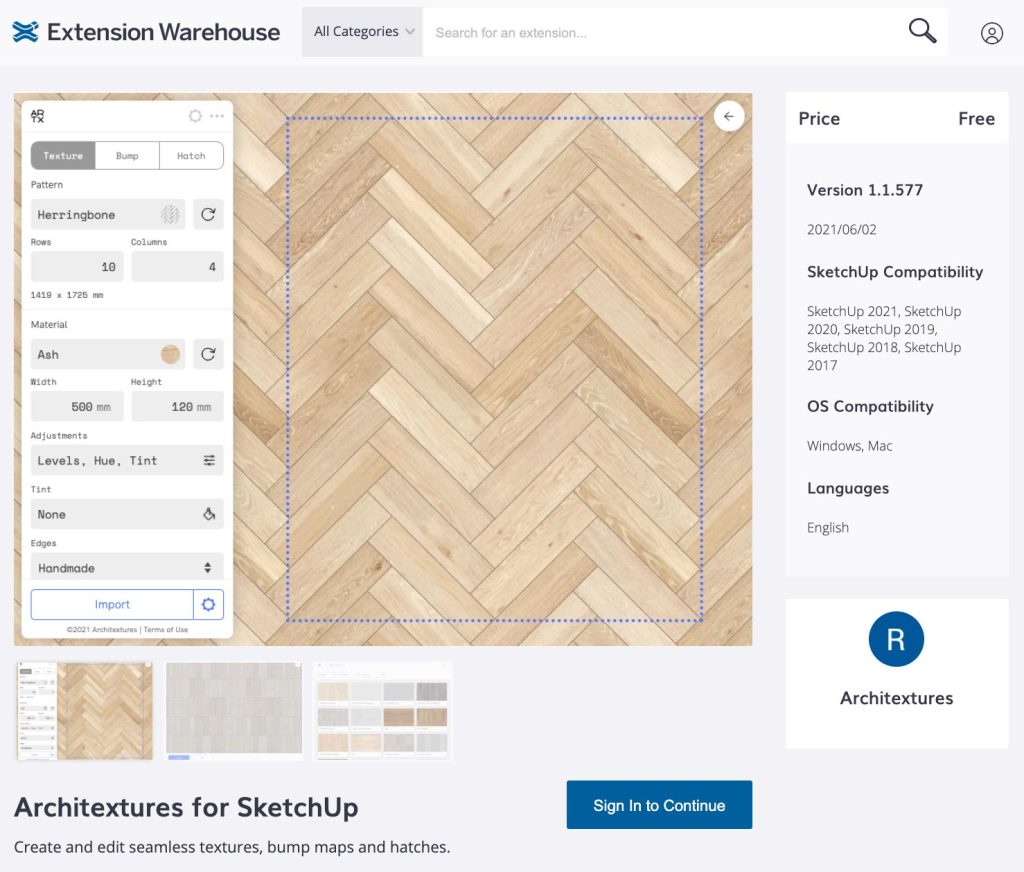



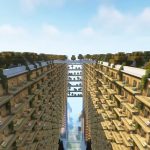










Leave a comment